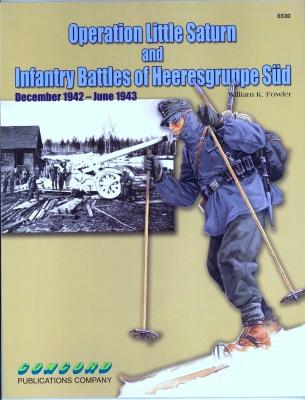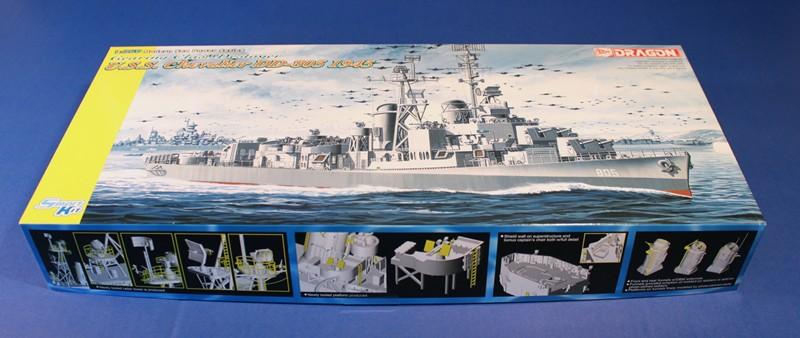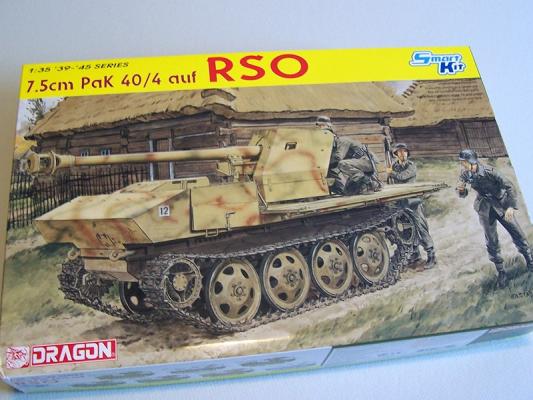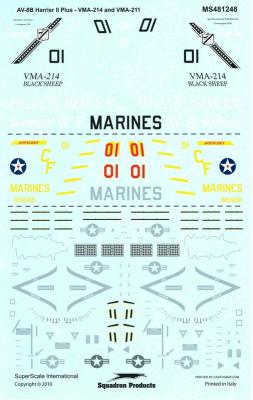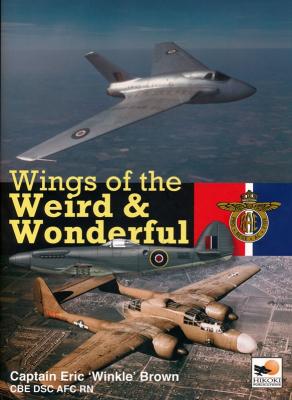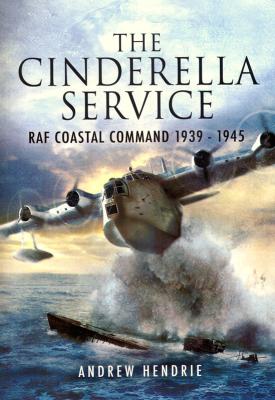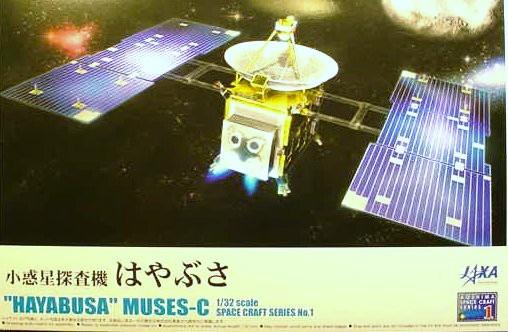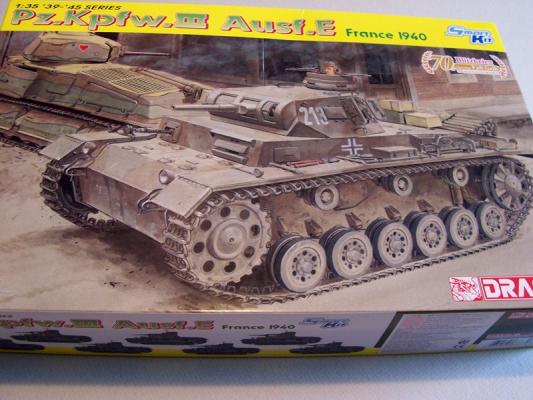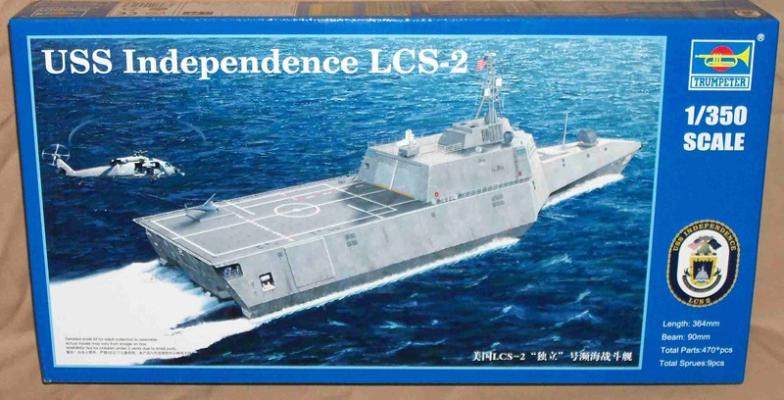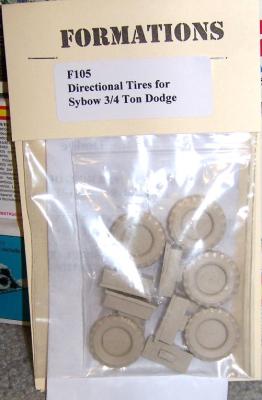This book is Number 6530 in Concord’s Warrior Series. There are 3 pages of narrative on Operation Saturn and Heeresgruppe Sud (Army Group South), including the break down of which units were included. The rest of this volume is just filled with rare pictures of what the soldiers had to endure on the Russian Front, I was getting cold just looking at these pictures. The pictures are printed on glossy paper and are very clear so that you can make out everything in them. I especially liked how thorough the descriptions under each photo were. These pictures are just “diorama heaven” for the modeler showing everyday troop living and pointing out various uniforms and equipment.
What's New
History: (taken from Wikipedia, the free encyclopedia)
The USS Chevalier was a Gearing Class Destroyer, the second ship to be named after Lcdr. Godfrey De Chevalier (1889-1922), a pioneer of Naval Aviation. She was launched 29 October 1944 at Bath Iron Works, Bath, Maine. She was commissioned 9 January 1945 with Cdr. F. Wolsieffer in Command.
She cleared her trials in June 1945 and reached Pearl Harbor on 9 July 1945. On the 24th she sailed to join the bombardment of Wake Island which occurred on 1 August 1945. Arriving in Eniwetok the next day she joined Task Force 38 (TF38). She sailed the next day for Honshu and arrived on 18 Aug 1945. TF38 entered Tokyo Bay on 26 Aug 1945 to take part in the Surrender of Japan and the end of WWII.
History and Performance
In the summer of 1943 a proposal was offered by Steyr Werke to the Ordnance Department for the mounting of a PaK 40/4 on a RSO chassis as a small self-propelled anti-tank weapon. 60 machines we converted for testing. Combat trials on the East Front began in early January 1944.
The Kit
The kit is packaged in Dragon current sturdy box, with a color image on the front and a montage of features on the box bottom and sides. The box top shows that over 460 Parts are included. There are eleven sprues, molded in the familiar grey plastic with crisp detail. The hull and chassis front are molded separately.
Instructions - The instructions are typical Dragon, with eight fold-out pages. There are a total of 21 construction Steps, with numerous subassemblies noted. Very busy for such a small kit, but it gets one’s attention. There are no unused Parts indicated.
This decal sheet initially has you scratching your head about whose sheet it really is. It’s a SuperScale International sheet, with Squadron Products logo on the bottom of it, and it’s printed by Cartograf ion Italy. It doesn’t really matter, because it is a really well done sheet. It features markings for two very colorful Harriers. The VMA-214 bird bears Pappy Boyington’s markings and is in a different than normal two tone grey scheme, FS36118 and FS35237 with a black fin and black wing tanks. The VMA-211 bird is in the same two tone grey scheme with a bright red fin trimmed in yellow. The instruction sheet is in full color, which is a nice touch, and there are enough stencil data to allow you to do both aircraft. You have to really pay attention to all of the marginal notes, because all of the marking data is on one side of the crowded instruction sheet.
Captain Eric Brown is the doyen of test pilots; a former Chief Naval Test Pilot and Commanding officer of the Aerodynamics Flight of the Royal Aircraft Establishment, Farnborough, Brown is in the Guinness Book of Records as the pilot-in-command who has flown the most types of aircraft – over 490 and they are all listed in the front of this book. His career in test piloting started back in 1942 after a spell on combat operations over the North Atlantic, and lasted through to the 1960s. He is therefore the ideal person to write about many different types of aircraft from a pilot’s perspective and compare them to each other.
In 1936, the Royal Air Force reorganized into a series of task-specific commands; the most famous were Fighter Command and Bomber Command, which played very public roles in the defeat of Nazi Germany. However, another, perhaps more vital battle was being fought by an unsung command over the frigid waters of the North Sea and North Atlantic – Coastal Command. Its role in defeating the U-boat threat and keeping the seas open for vital supply convoys to reach Britain enabled the beleaguered country to weather the nadir of the war in 1941-2, allowing the US to resupply the British armed forces and build up her own troop strength on British soil prior to the liberation of mainland Europe. That important role has been largely unsung over the years, earning the Command the nickname of the ‘Cinderella Service’ that inspired the title of the book.
A Brief History
For seven years, 1 month and 4 days, Hayabusa (translated as Peregrine Falcon) traveled to and from the asteroid, 25143 Itokawa. Returning to Earth, the Hayabusa, or more precisely, that portion of the spacecraft designed for re-entry and landing on Earth, landed near Woomera, Australia. Hayabusa returned particles of the asteroid for study, resulting in a significant advance in our knowledge of asteroids and, at the same time, setting a high standard for future flights of this nature.
HISTORY AND PERFORMANCE
The Pz. Kpfw. III Ausf. E was the first in the series to go into extended production. 96 vehicles were manufactured from December 1938 until October 1939. Additional armor was included, along with the standardization of six road wheels per side, while the main armament consisted of the 37 mm KwK L/46.5, along with two 7.92 mm MG34 mounted in the turret, plus a single 7.92 mm MG34 mounted in the front of the hull. This tank saw service in Poland, France, and Greece.
Growing up near the beach, I saw plenty of double and triple-hull sailboats. I always thought that they were so cool and fast. So then I saw photos of the triple hull USS Independence, I knew I had to have a model of this ship. It looks so cool and fast, rumors are speed capability of 50+ knots.
The kit is modeled in typical Trumpeter gray and clear and consists of seven sprues (two clear), an upper hull, lower hull and three photo-etched frets. Also included with the kit are typical twelve page Trumpeter instruction booklet, a decal sheet, and a five-view color painting and marking guide.
Looking at each of the sprues, I found that the detail was crisp with no flash. However, I did find some ejector pin markings that need to be addressed, specifically in the hanger bulkheads. If you plan to keep the hanger door closed, as I plan to, you won’t have to deal with these.
Editor's note: This is a combined product review using Formations and Celticwerks kits as described by author. Both products are noted as "Special Order" by author. Contact product manufacturers as noted. Formations parts are noted by author as $12.00 .

